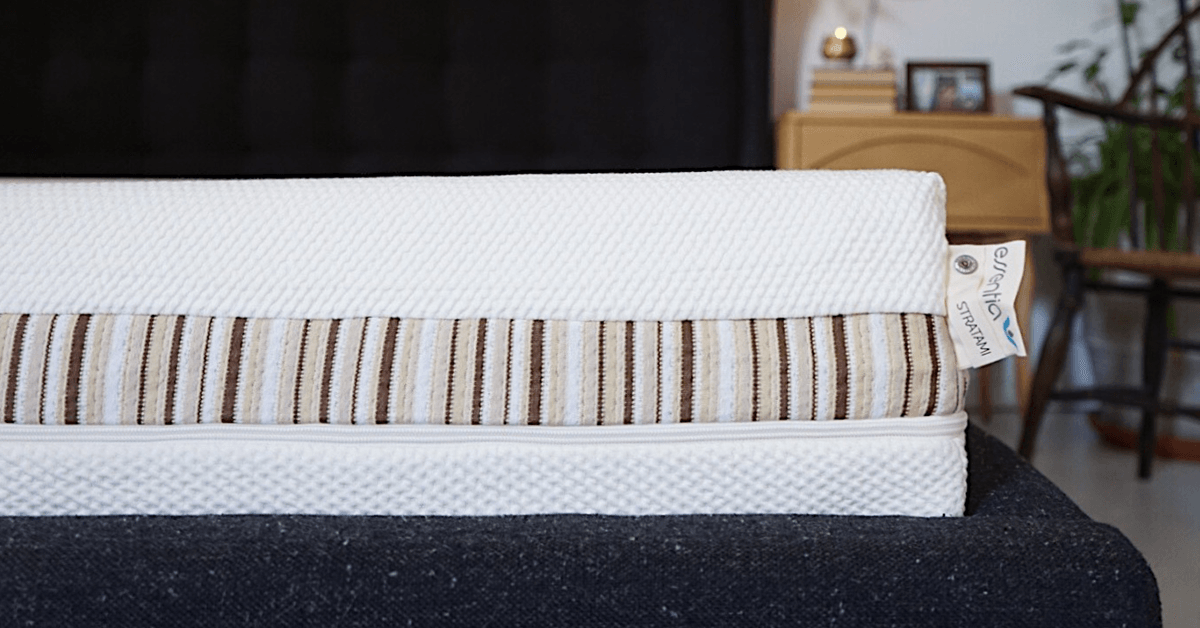The thing under the mattress is a mattress foundation.
What do you put under a foam mattress.
In an effort to increase airflow we have gotten in the habit of pulling the mattress away from the wall by just a few inches.
In some cases individuals may find the support inadequate for their needs and may consider adding plywood which is made of several layers of glued together wood to provide more firmness to a bed.
Some other mattress companies like nectar suggest that you actually can use your existing box spring to support a foam mattress as long as it is supported by a metal bed frame like this.
Bunkie boards are solid sturdy platforms that attach to a bed frame or rest on top of a slatted bed base to add further mattress support.
Do you need a box spring or a solid foundation with a foam mattress.
The head of the mattress pushes up against the wall.
They are made in such a way that they can be lifted on.
Usually wood pallets make good stack boxes for shipping.
Though they are not technically box springs they have no springs they are a simple box with a hard surface they are not soft.
Mattresses are typically sold with a box spring which are specially designed to add firmness to the mattress.
Using a memory foam mattress has definite benefits.
Some foundations look a lot like wooden pallets placed on top of one another.
All you need for your foam mattress is a solid base.
So it may not come as a surprise that the same things that make your mattress extra comfortable can also turn it.
You could put plywood on a regular set of box springs if need be but you just do not want your memory foam to sag as it would do on a bad set of box springs.
We also fold the covers up and away from the sides of mattress to allow air to flow under the mattress and through the hypervent.
The contouring effect can add comfort and provide relief from back pain by providing a more natural resting position for the spine.
Closely laid wooden slats a metal base a bunkie board or even the floor will all do just fine in place of a box spring.

